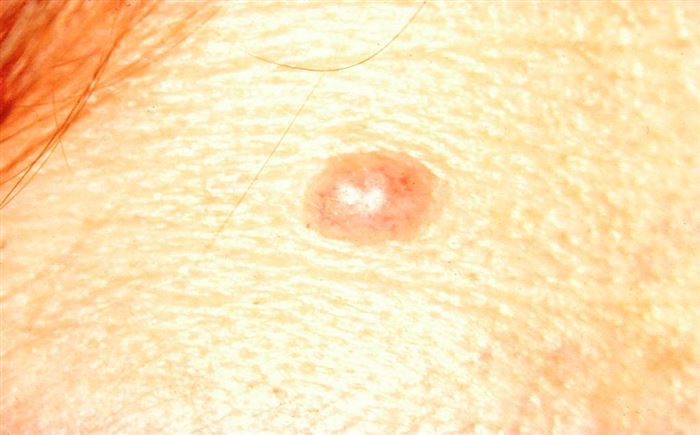Cancer Moles: Understanding, Detection, and Treatment

Introduction:
Cancer, also known as melanoma, is a type of skin cancer that develops from melanocytes, the cells responsible for pigmentation in the skin. Melanoma is a potentially fatal cancer, but with early detection and treatment, it can usually be successfully managed. In this article, we will explore the basics of understanding cancerous tumors, their diagnosis, and available treatments.
Understanding Cancer Moles:
Melanoma usually arises in the pimples or appears as new abnormal growths on the skin. It is important to recognize the signs of cancer early. Here are some key points to consider.
Asymmetry: The cancerous mole may not align perfectly. If you use it to draw lines, one half may not line up with the other half.
Border irregularities: The borders of thorns in cancer are usually not jagged or ill-defined, unlike normal borders that even have smooth borders.
Color Variations: Cancer cells can have many colors in them, including brown, black, yellow, white, or brown.
Diameter: While melanoma can be small, it is usually larger than a pencil eraser (6mm or about a quarter of an inch).
Evolution: Watch out for any worms that change size, shape, color, or height, or start causing you pain or bleeding.
Detection of Cancer Moles:
Regular skin exams are important for early detection of skin cancer. Your skin should also be checked regularly by your dermatologist. Here are some self-assessment tips:
Check your skin in a well-lit room, with a full-length mirror.
Pay attention to any skin bumps, bumps, or bumps.
Use the ABCDE code to identify potentially cancerous tumors:
- A: Asymmetry
- B: Irregular Borders
- C: Varied Colors
- D: Larger Diameter
- E: Evolution (changes over time)
Don’t forget to check less visible areas such as the scalp, heels, and between your toes.
If you notice any disturbing changes, seek medical attention immediately.
Treatment of Cancer Moles:
When a cancer is suspected or confirmed, early intervention is essential. Treatment options for melanoma include:
Removal surgery: The primary treatment for melanoma involves the removal of the cancerous tissue along with some of the surrounding tissue to ensure that all cancer cells are removed
Lymph node evaluation: If the melanoma has spread, nearby lymph nodes can be removed and analyzed to determine the extent of the disease.
Immunotherapy: Immunotherapy stimulates the immune system to fight cancer cells.
Targeted therapy: This therapy targets specific genetic changes in melanoma cells to stop their growth.
Radiation therapy: In some cases, radiation therapy can be used to target and kill cancer cells.
Chemotherapy: Conventional chemotherapy is considered, but rarely, in the treatment of melanoma.
Conclusion:
Understanding the sensitivity of cancer, early diagnosis and early treatment are essential to improve the prognosis of melanoma. Routine self-examination, routine skin exams, and awareness of the ABCDE code can help individuals recognize suspected warts and seek medical advice. Advances in medical treatment and a proactive approach to skin health care have in recent years greatly improved the outlook for patients with melanoma If you suspect a cancer, consult a dermatologist for thorough examination and guidance.
Search for all types of cancer here.
Comments
Trending blog










